
- What Are The Most Commonly Damaged Items During a Home Move?
- How to Prepare Moving Boxes to Prevent Damage
- How to Protect Your Property from Damage When Moving Home
- Home Contents Insurance When Moving Home – Do I Need It?
- Should I Hire a Removal Company?
- What Do I Do If My Removal Company Damages My Goods?
- How to Stay Safe in Your New Home After Moving Day
Accidents will happen, it is inevitable, and we are only human. Right?
Sort of. Nearly every accident is preventable, if only with hindsight. If only we had done something differently, if only this or that hadn’t happened.
But we live in the real world and accidents WILL happen.
So how do we minimise the risk of damage or accidents when moving home?
What can you do to reduce the likelihood of your furniture or household goods being damaged, or more importantly, prevent any injury to yourself or those around you?
What precautions can we take to ensure our home move is safe?
Read on to discover the answer to those questions and more.
You may also like to read: How to Choose the Right Boxes for Your Home Move. Safe packing starts with choosing the best quality packing materials. In this guide, we share all you need to know about choosing the best strength and size of boxes for your home move.
Throughout this article, we will refer to Bubble Wrap® (the trademark of Sealed Air Corporation) and the name by which most people refer to air-filled plastic packaging.
What Are The Most Commonly Damaged Items During a Home Move?
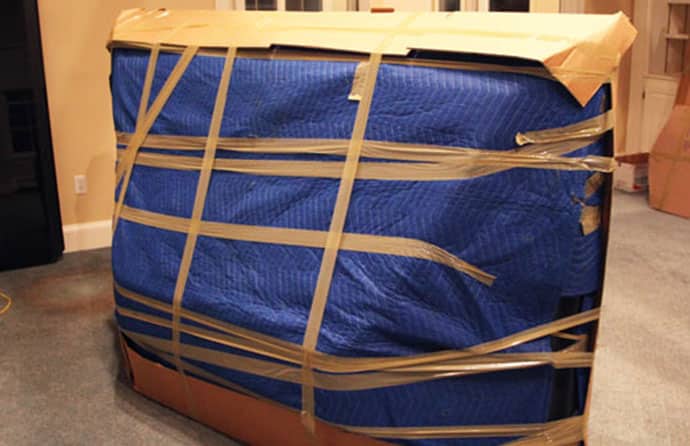
These are the top ten items that most commonly get damaged on moving day, and what you can do to minimise the risks of damage to those items.
Glass and China
Obvious, but these are easily breakable things and if improperly packaged, or handled incorrectly, are highly likely to be damaged.
Every piece of glass or crockery should be individually wrapped in packing paper and bubble wrap®, ensuring that no two pieces touch each other in the box.
It is essential that the bottom, top, and sides of the boxes are padded to cushion any impacts and to stop the contents from moving around whilst in transit.
You may also like to read: How to Pack Glasses and Plates. For comprehensive instructions on how to pack your glassware and crockery for moving, be sure to read this guide.
Framed Items
These are vulnerable items that need special attention paid to the glass fronts and edges when being packed.
Pool noodles, split and run around the edge of the frames, will greatly reduce any chance of damage, whilst stiff cardboard applied to the glass will help prevent the glass from getting broken.
You may also like to read: How to Pack Pictures and Mirrors for Moving. In this guide, you will find in-depth instructions on how to pack pictures and mirrors to give them the ultimate protection during your home move.
Furniture
Some basic protection will help prevent furniture damage when moving home and will help prevent any damage to your old or new property.
Furniture should be wrapped in furniture blankets and then encased in good-quality cardboard for an extra layer of protection.
Due to the often heavy and awkward nature of furniture, it is likely that walls will get gouged or scraped by furniture that is not handled correctly.
It is therefore worth taking the time to ensure that floors, walls, and especially stair banisters are properly protected, more of which in a later section of this guide.
You may also like to read: How to Move Heavy Furniture. From packing tips to safe handling to which kind of moving equipment to use, this guide tells you all you need to know about moving heavy furniture safely.
Lampshades
Because of their delicate construction, lampshades are particularly liable to be crushed during your home move.
Lampshades can be one of the most fragile things to move.
The best way to pack lampshades is in the fashion of a Russian doll, one inside another.
Having prepared a large box, and individually wrapped each lampshade in packing paper, place the largest shade in the box first and then stack the remaining shades inside one another, largest to smallest.
Pad the box so that the lampshades cannot move about inside the box.
You may also like to read: How to Pack Awkward and Odd-Shaped Items for a Home Move. From lamp shades to surfboards, this guide offers some essential packing tips for irregularly shaped items.
Electronic Items
Ideally, you should pack anything electrical in the original packaging they came in.
Ensure that you photograph or label all the connections before disconnecting them so that you know how to reconnect your electronics.
Packing peanuts are ideal for padding the boxes when packing electronics, as well as ensuring that each component is well wrapped in bubble wrap®.
Your delicate electronic items should also be protected from extremes of temperature during the move.
You may also like to read: How to Pack a Computer for Moving. From laptops to printers, in this guide, you will find comprehensive instructions on how to give your electronics the ultimate protection during your home move.
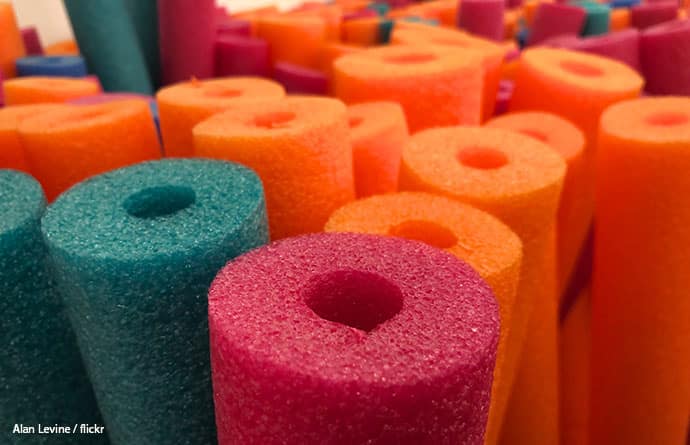
Bottles
There are specific boxes for moving bottles and these should be used to ensure your bottles arrive at your new home intact.
These boxes will be of the correct strength and will have dividers that will ensure the bottles will not move about within the case during transit.
Of course, to save money you may be able to locate some free bottle boxes from your local supermarket or off-licence.
You may also like to read: How to Pack and Move Antiques and Collectibles. From bottles to porcelain figurines, this guide contains comprehensive packing instructions for your antiques and collectibles.
Sporting Goods
It is recommended to transport these in the protective covers you normally use, like racquet head covers or golf club bags, then wrap them in bubble wrap® for additional protection to further prevent damage to the covers.
You may also like to read: Alternative Packing Materials for Moving Home. Packing materials can cost a serious amount of money, so in this guide we suggest things commonly found around the home that can be used to offer good protection to your things during your move and save you money at the same time.
Musical Instruments
Except for items such as pianos, which require specialist packing and handling, the majority of musical instruments have cases that are used to transport them.
Additional padding, such as bubble wrap® or furniture blankets, should be wrapped around the case to prevent any damage to the case itself whilst in transit.
You may also like to read: How to Pack a Record Collection. Vinyl records are becoming more and more popular and can represent a serious investment in time and money creating a collection. In this guide, we share tips on how to properly pack and transport your vinyl record collection.
Plants
Plants regularly get damaged during a move because they have not been prepared properly, and large plants especially can be awkward to move.
If moving multiple smaller plant pots, it would be wise to transfer the plants to plastic pots, which are less likely to get damaged.
If moving ceramic plant pots, ensure that there is padding between each pot so that the pots do not touch each other within the box.
Many people have invested heavily in their gardens and want to take some plants with them. Often, taking cuttings is the safest and easiest way to move them.
Using a furniture dolly or sack barrow is the easiest way to move large plant pots.
You may also like to read: How to Move a Garden to Your New Home. From plants to patio furniture, this guide has some invaluable packing tips to keep your garden items safe during your home move.
You
The most valuable item to be moved will be you, and if you are embarking upon a self-move, you are at the biggest risk of damage.
Moving home is exhausting and hard work, so if you are in any doubt about your physical ability to carry out a home move, always hire the professionals to do it for you.
You may also like to read: How to Move Home Safely. In this guide, we share 14 risks to avoid when moving home and how to make your home move as safe as possible.

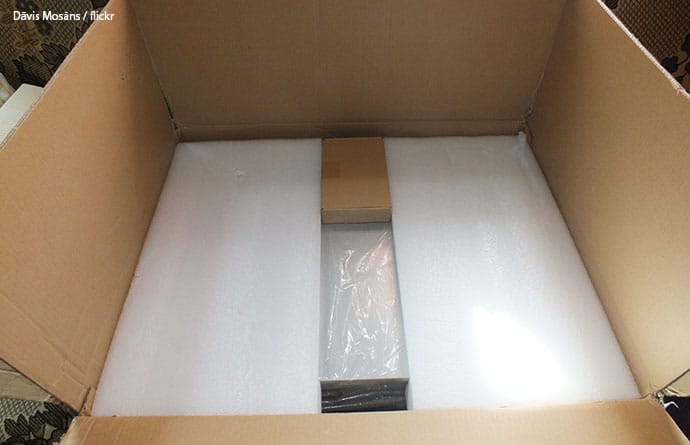
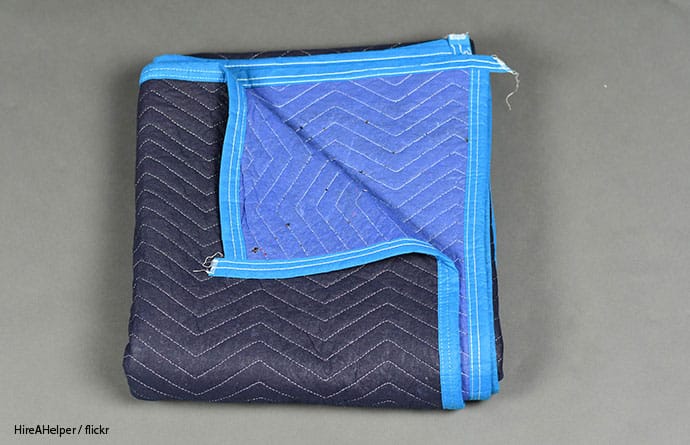
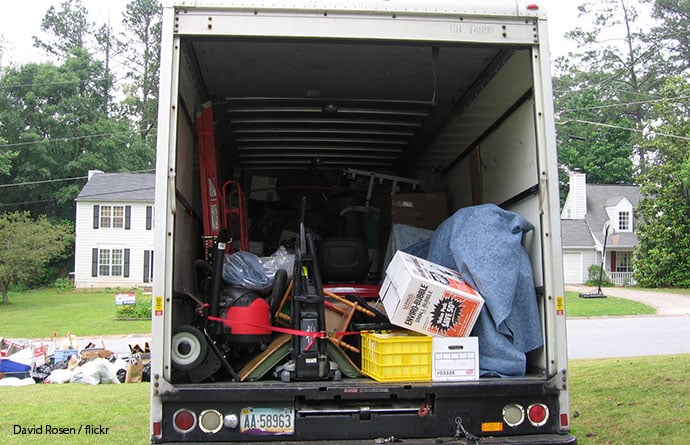
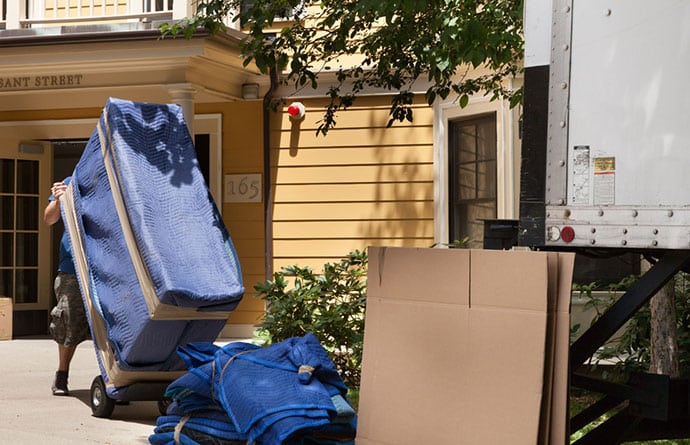
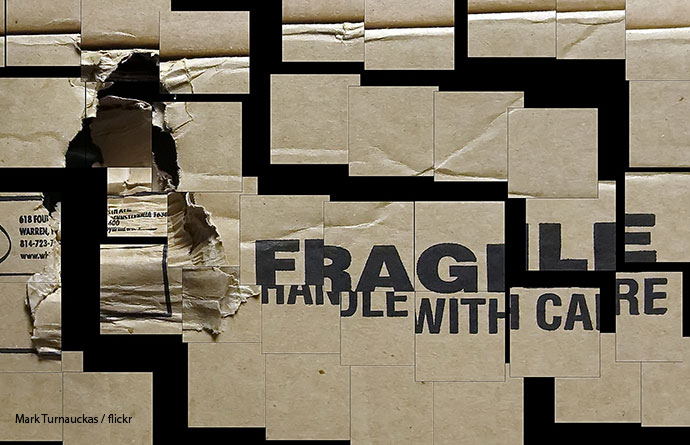
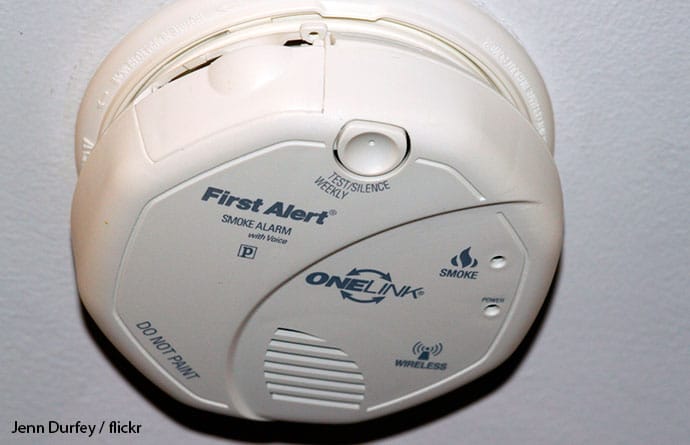

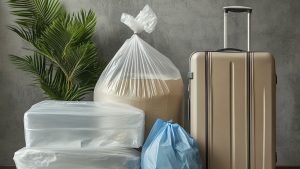
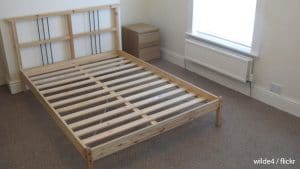
Share your thoughts by leaving a comment